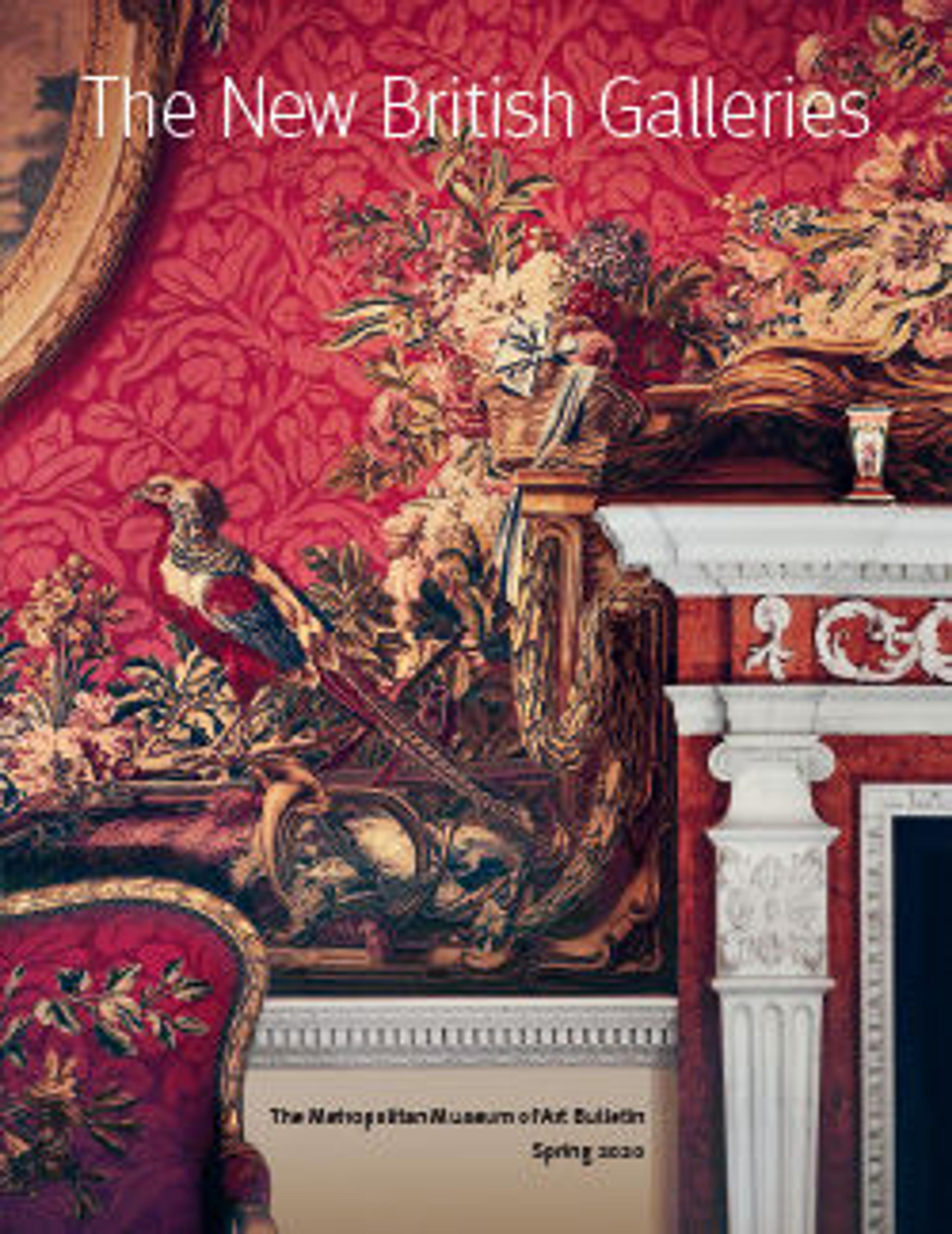The Death of Munrow
This figure group records a specific historic event in which Hugh Munro, a British soldier, was killed by a tiger in India in 1791. Its composition was inspired by an almost life-size wooden sculpture depicting a tiger killing a European that was owned by Tipu Sultan, the ruler of Mysore in India. Tipu’s sculpture was seized by the British army in 1799 and brought to London, where it was put on public display. Its great popularity inspired the creation of the Staffordshire figure group.
Artwork Details
- Title: The Death of Munrow
- Date: ca. 1820–30
- Culture: British, Staffordshire
- Medium: Lead-glazed earthenware with enamel decoration
- Dimensions: Overall (confirmed): 11 × 14 3/8 × 5 3/4 in. (27.9 × 36.5 × 14.6 cm)
- Classification: Ceramics-Pottery
- Credit Line: Purchase, Funds from various donors, The Charles E. Sampson Memorial Fund, and The Malcolm Hewitt Wiener Foundation Gift, in memory of George Munroe, 2016
- Object Number: 2016.129
- Curatorial Department: European Sculpture and Decorative Arts
More Artwork
Research Resources
The Met provides unparalleled resources for research and welcomes an international community of students and scholars. The Met's Open Access API is where creators and researchers can connect to the The Met collection. Open Access data and public domain images are available for unrestricted commercial and noncommercial use without permission or fee.
To request images under copyright and other restrictions, please use this Image Request form.
Feedback
We continue to research and examine historical and cultural context for objects in The Met collection. If you have comments or questions about this object record, please contact us using the form below. The Museum looks forward to receiving your comments.
